Este website utiliza cookies. Ao continuar a navegação está a aceitar a sua utilização.
Caso pretenda saber mais, consulte a nossa política de privacidade.
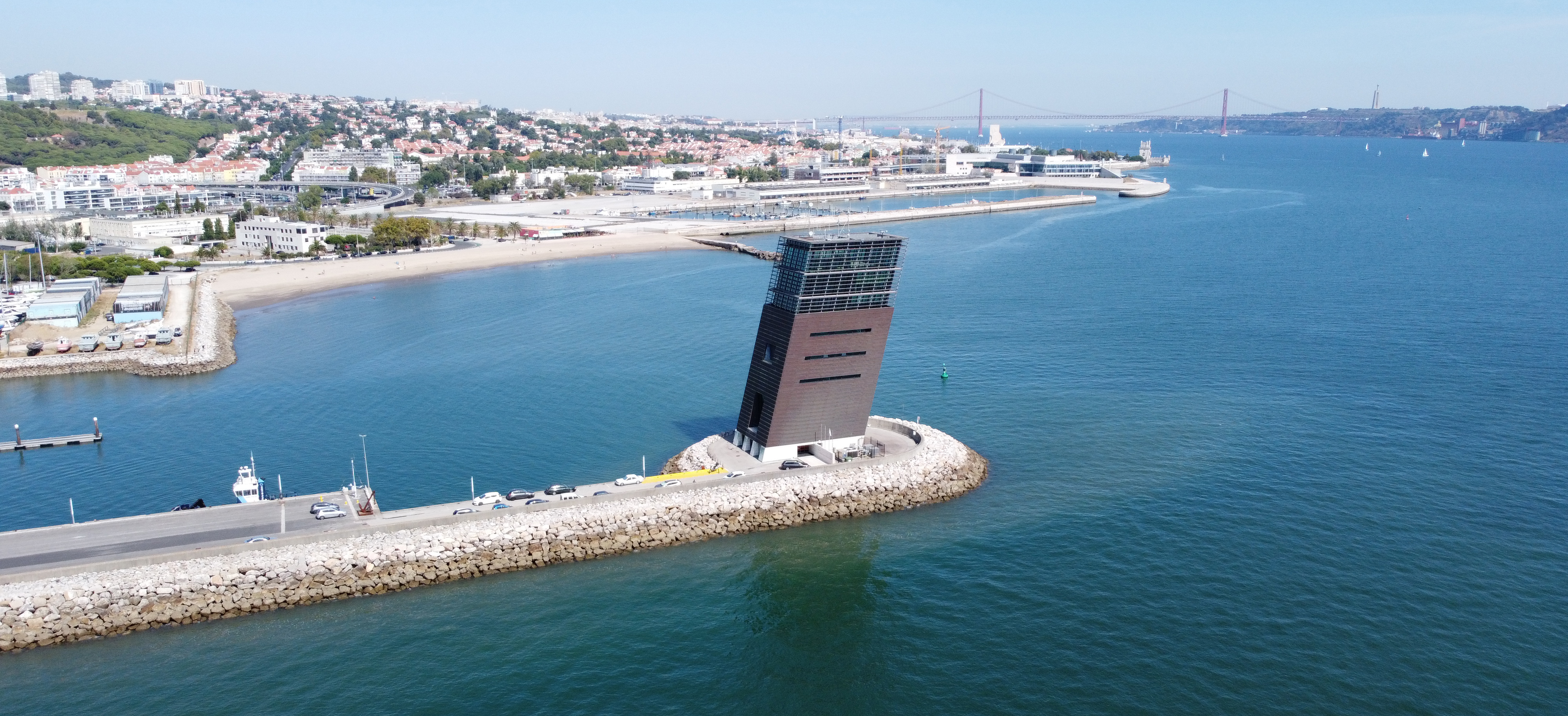
Centre for Coordination and Control of Maritime Traffic and Safety
The Centre for Coordination and Control of Maritime Traffic and Safety, installed in the VTS Tower in Algés, integrates the coordination and control of traffic and the port environment safety area. It coordinates and controls navigation within the jurisdiction area of APL, S.A., with the Vasco da Gama Bridge as the upstream limit and the entire approach area to the Port of Lisbon downstream; provides information and advises ships sailing in the Tagus estuary or approaching it, within a radius of up to 16.5 nautical miles, centred on the VTS - Lisbon.
The maritime traffic control (VTS Vessel Traffic System) is designed to promote safe and efficient traffic, contribute to the improvement of navigation safety conditions, control the ships’ entrance into and departure from the port, plan the stays of commercial ships in the port, enable the assisted navigation system, collaborate in safeguarding human life at sea, collaborate in actions to protect the port environment and prevent illegal activities.
The VTS system is mandatory and applicable to all vessels with a VHF station license, except for the following vessels:
- Local fishing
- Local traffic
- Recreational crafts with an overall length of less than 20 meters
The technological evolution in VTS systems dictated, after 20 years, the need to update the equipment to guarantee the best service available. With the upgrade of the complete system, the Port of Lisbon has the most modern technology to provide the support service for port navigation. Foreseeing the construction of important port structures upstream of the Vasco da Gama Bridge, the system was prepared to incorporate new control points, reaching to Castanheira do Ribatejo and making systems redundancies with the Port of Setúbal.
The new system integrates the most modern and sophisticated equipment / software for the control and tracking of maritime shipping such as Radars, VHF, AIS, DF, GMDSS, Marigraphs and Meteorological stations, supporting and giving the crucial information for an excellent service.
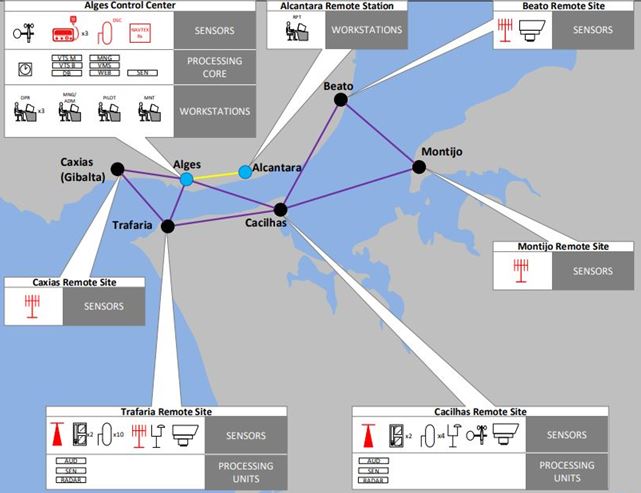
Currently, the Maritime Traffic Control Center that executes this service, has a set of stations all connected to each other by its own autonomous network links, keeping all the information on state-of-the-art dedicated servers, operating 24 hours / 365 days, ensuring data security and operational readiness.
With this investment, the Port Authority acquired the ability to automatically link information with other systems, such as JUL, or share information with its Port Pilots, Maritime Authority or other entities, in real time.
The building
The landmark in the city
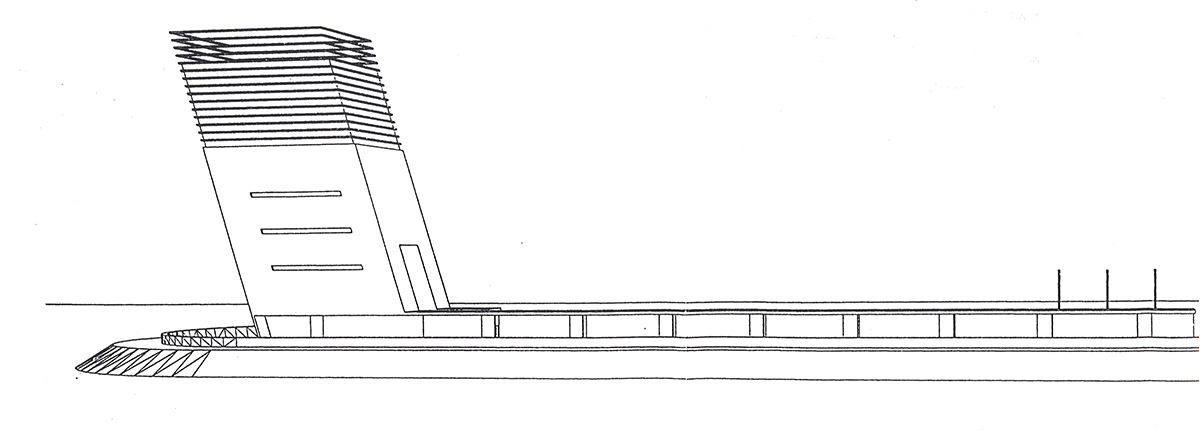
The VTS Tower was designed by the architect Gonçalo Byrne and inaugurated in July 2001. Due to its function and its geographical position, the Maritime Traffic Coordination and Control Center of the Port of Lisbon assumes an exceptional presence in the river, operating in the transition between land and water.
Aimed at controlling the traffic of a vast maritime and river area, the new architectural structure seeks its symbolic meaning, similar to other constructions that, throughout history, have been built on the riverfront.
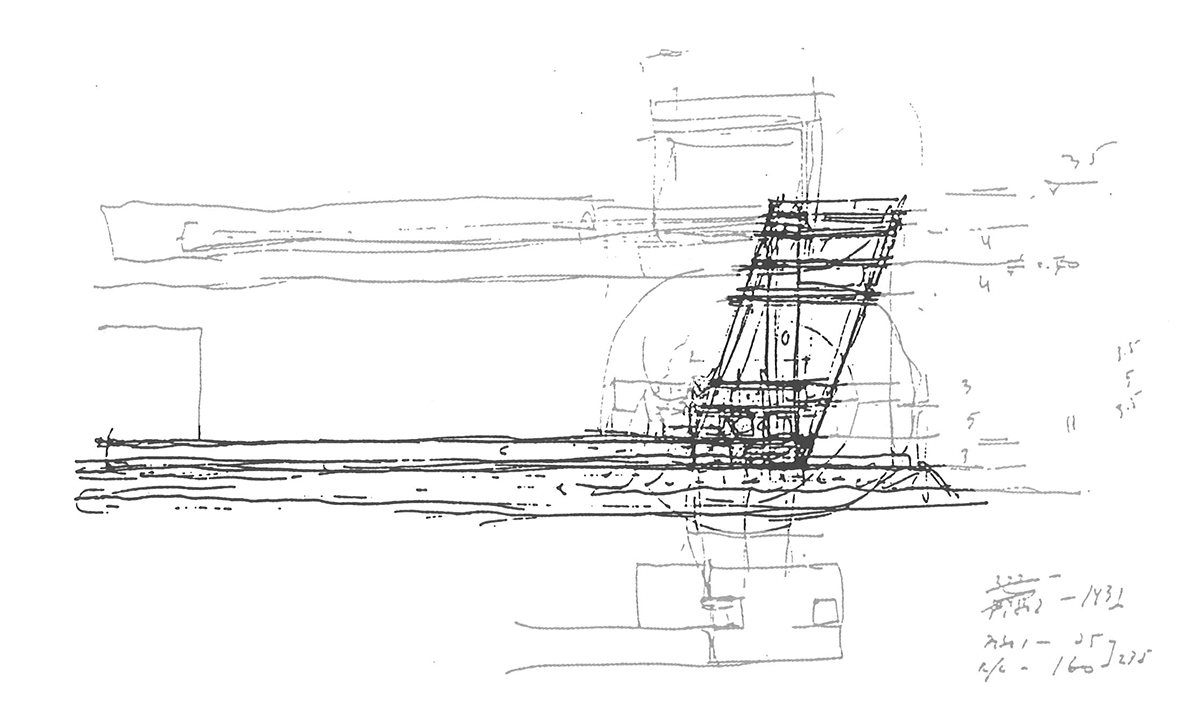
The architectural shape
From the connotation to “power” to its military and strategic derivations, the tower’s verticality suggests control and ritualizes the relationship between earth and sky. On the other hand, the horizon line, the marginal front and the jetty of the port, in their panoramic approximation, constitute conceptual references of horizontality. The water also expresses fluidity, containing, in addition to its own movement, the movement of traffic that “slides” on its surface, acquiring a dynamic valence that is confronted with the immobility of the earth and the tower. These two ideas, horizontality and movement, are found in the image of the building sliding in its support (the jetty), a suggestion of near-suspension stimulated by the oblique rise of the volume, imparting the tension of an (apparent) imbalance.
The work
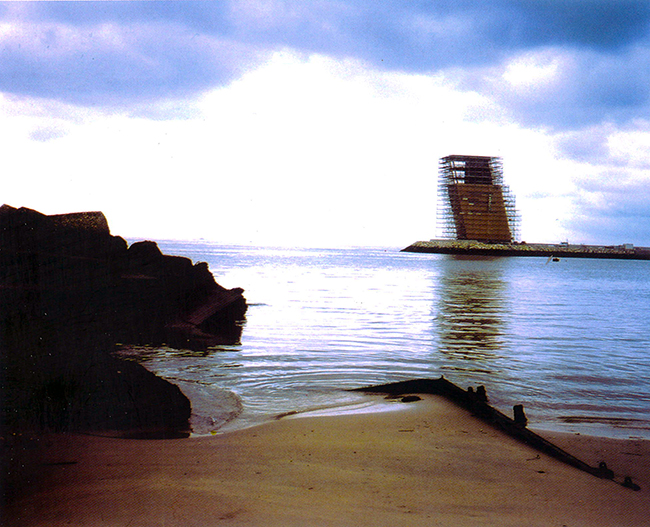
The building was built at the end of the new jetty in Algés, following the classical order of architecture with a basement in stone, an elevation covered with copper and a cornice of “light” and transparent glass, illuminated by night as a lighthouse, it virtually dissolves in the air emitting sine- curves of radio and radar waves, of “VHF” and “GPS” functioning 24 hours per day.
The building consists of a concrete nucleus founded on piles in the riverbed. A central and vertical duct contains staircase, lifts and technical services. The technical installations are located in the lower part of the building and on the fourth floor, to free the roof from technical equipment that might interfere with the radar system.
